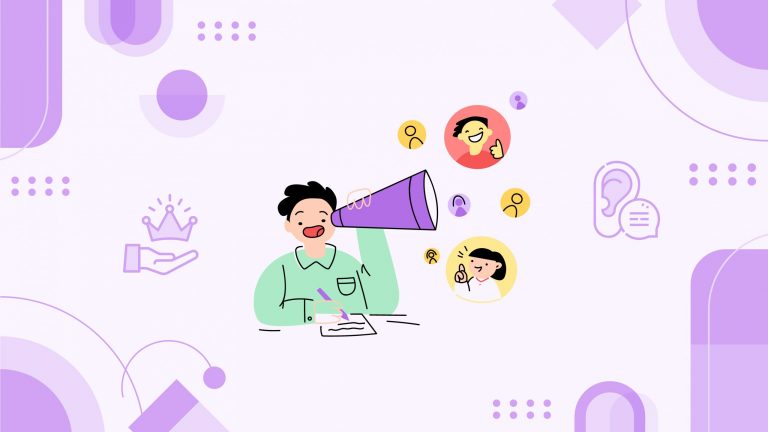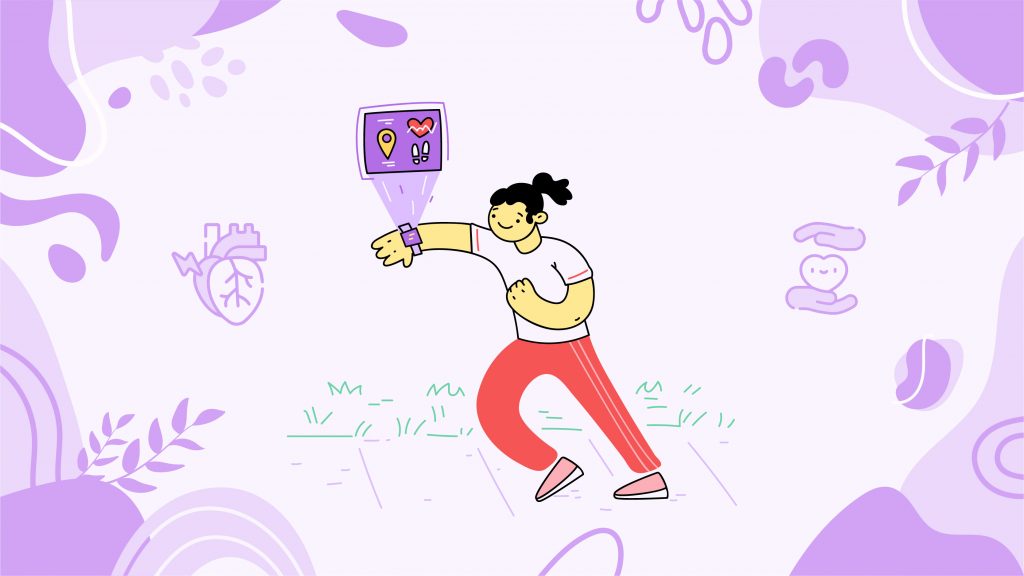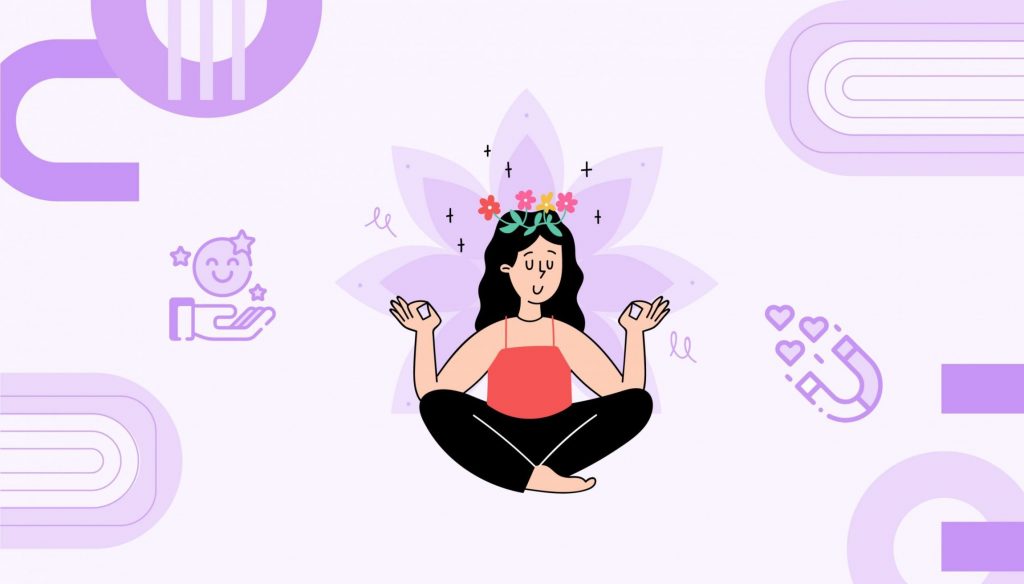Have you ever felt unheard despite speaking your mind? In a world buzzing with distractions and noise, genuine listening has become a rare skill. Many of us struggle to connect deeply with others, leading to misunderstandings and missed connections.
But what if mastering the art of active listening could transform your relationships and communication? Let’s explore how this essential skill can change your life.
The Everyday Struggle with Miscommunication
In today’s digitally driven society, where multitasking is seen as a badge of honor and constant notifications pull our attention in every direction, connecting with someone can feel like a Herculean task. We often find ourselves in conversations where our minds drift, needing more key details and failing to grasp the whole message.
This lack of focus can lead to misunderstandings, strained relationships, and missed opportunities. At work, this might mean misinterpreting instructions, resulting in errors and frustration. In personal relationships, it can create a sense of disconnection and unresolved conflicts.
The struggle lies not just in hearing words but in genuinely listening and understanding the speaker. The consequences of inactive listening ripple through every aspect of our lives, highlighting the critical need to master the art of active listening.
Subscribe to newsletter
Get your Gut Health Starter Guide right now.
Elevate your Tuesdays with practical, science-backed wisdom propelling you forward on your gut health journey.

The Science of Listening
Why does active listening make such a profound difference? The answer lies in the intricate workings of our brains. When we engage in active listening, we activate multiple brain areas.
The prefrontal cortex, responsible for decision-making and social behavior, helps us process information and respond thoughtfully. The temporal lobe, which handles auditory information, allows us to interpret the words we hear accurately.
Meanwhile, the limbic system, which governs emotions and memory, helps us connect emotionally with the speaker, enhancing our understanding and empathy.
Active listening also triggers the release of powerful neurochemicals. Oxytocin, often called the “love hormone,” fosters trust and bonding between individuals, making interactions feel more meaningful and connected.
At the same time, active listening reduces levels of cortisol, the stress hormone, helping both parties feel more relaxed and satisfied. This blend of neurological engagement and chemical reactions not only improves the quality of the interaction but also transforms a simple conversation into a deeply enriching experience.
By truly tuning into the speaker, we create a space for genuine connection and understanding, making every exchange more valuable and impactful.
Enhance Your Active Listening Power
How can you become a master of active listening? Here are practical steps to enhance your skills:
- Presence and Mindfulness: Begin by being fully present in the moment. This means putting away distractions like phones or laptops, making eye contact, and focusing entirely on the speaker. Mindfulness practices, such as deep breathing or a brief meditation, can center your attention and prepare you to listen more effectively.
- Empathetic Engagement: Show empathy by nodding, using verbal affirmations like “I see” or “I understand,” and reflecting the speaker’s emotions. This not only encourages the speaker but also deepens your connection, making the conversation more meaningful.
- Clarification and Paraphrasing: To ensure you understand correctly, ask clarifying questions and paraphrase what the speaker has said. For example, you might say, “So what you’re saying is…” This demonstrates that you are engaged, value their perspective, and actively work to understand them.
- Open-ended Questions: Encourage the speaker to elaborate by asking open-ended questions. Instead of asking yes/no questions, try ones that invite more detailed responses, such as “Can you tell me more about…?” This shows your genuine interest in their thoughts and invites deeper discussion.
- Non-verbal Cues: Pay close attention to body language, facial expressions, and tone of voice. These non-verbal signals often convey more than words alone and can provide crucial context to the speaker’s message. By observing these cues, you can better understand the speaker’s true feelings and intentions.
By incorporating these strategies into your interactions, you can improve both your immediate conversations and build lasting habits that enhance all your relationships. Active listening not only enriches your understanding but also fosters stronger, more meaningful connections with others.
From Frustration to Fulfillment
Consider the story of Sarah, a marketing manager who struggled with constant misunderstandings at work. Her team often felt she wasn’t truly listening, leading to repeated errors and growing frustration. Determined to improve, Sarah enrolled in a course on active listening.
Initially, she found it challenging to quiet her mind and focus solely on the speaker. Her thoughts would wander, and she struggled to stay engaged. However, with consistent practice, Sarah began to see remarkable changes. She implemented techniques like mindful presence, ensuring she was fully attentive during conversations, empathetic engagement, and showing genuine interest and understanding through verbal and non-verbal cues.
Sarah also started asking clarifying questions and paraphrasing what her colleagues said to confirm her understanding. This approach made her team feel heard and valued, significantly reducing errors and boosting productivity. Meetings became more efficient, her team’s morale improved, and they began delivering projects ahead of schedule.
On a personal level, Sarah experienced profound benefits. She felt more connected to her colleagues, less stressed, and more fulfilled in her role. The improvement in communication not only enhanced her professional relationships but also brought a sense of satisfaction and accomplishment that spilled over into her personal life.
Sarah’s journey illustrates how mastering active listening can lead to significant improvements in both professional and personal realms. Her experience shows that with dedication and practice, we can turn daily struggles into opportunities for growth and connection.
Sarah’s transformation is a powerful reminder that active listening is more than just a communication skill; it’s a gateway to deeper understanding and stronger relationships. By embracing the science behind it and diligently practicing the techniques, you can unlock a world of benefits that enrich every conversation and interaction. Let Sarah’s journey inspire you to start your path toward becoming a better listener today and witness the positive ripple effects it creates in your life.


















